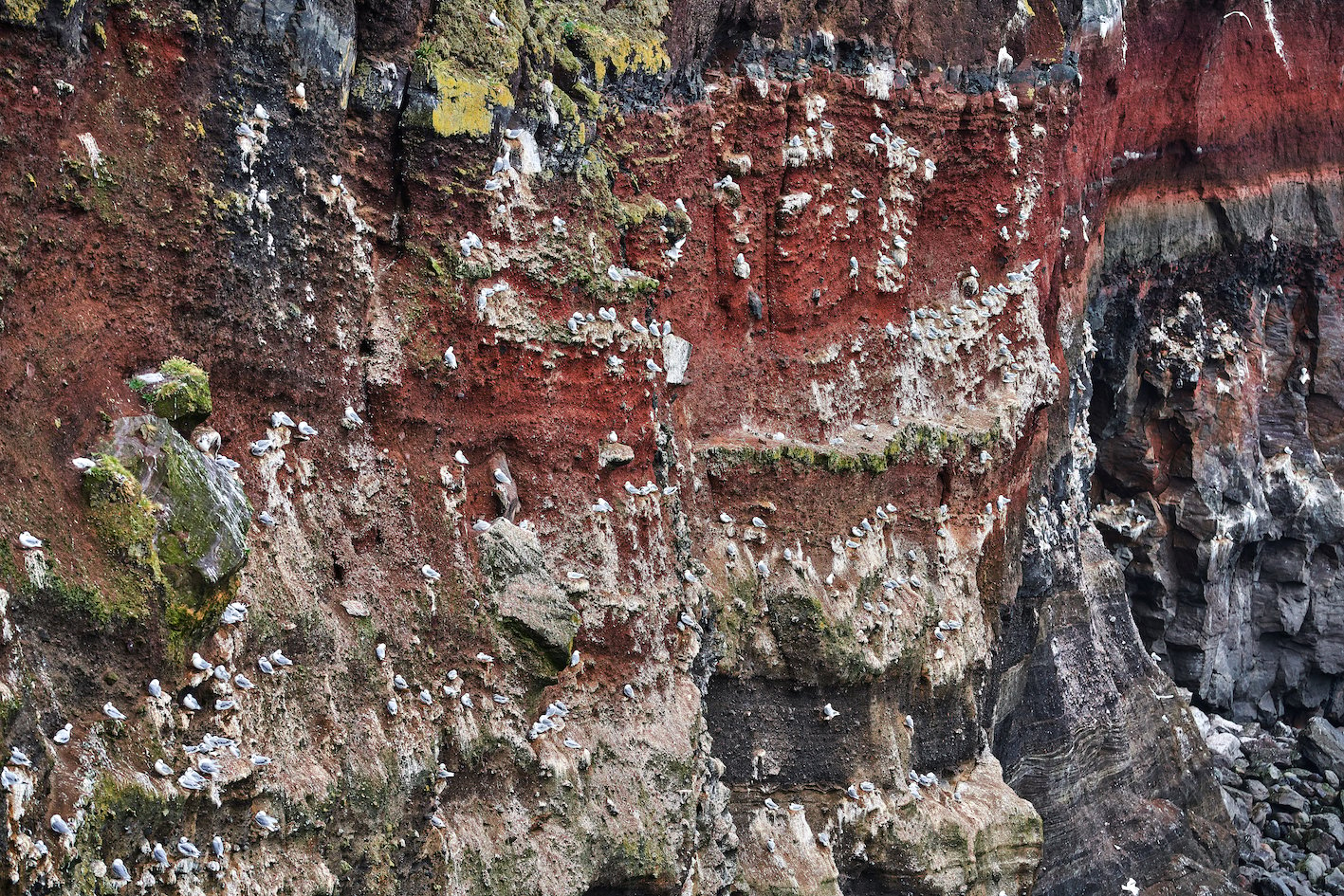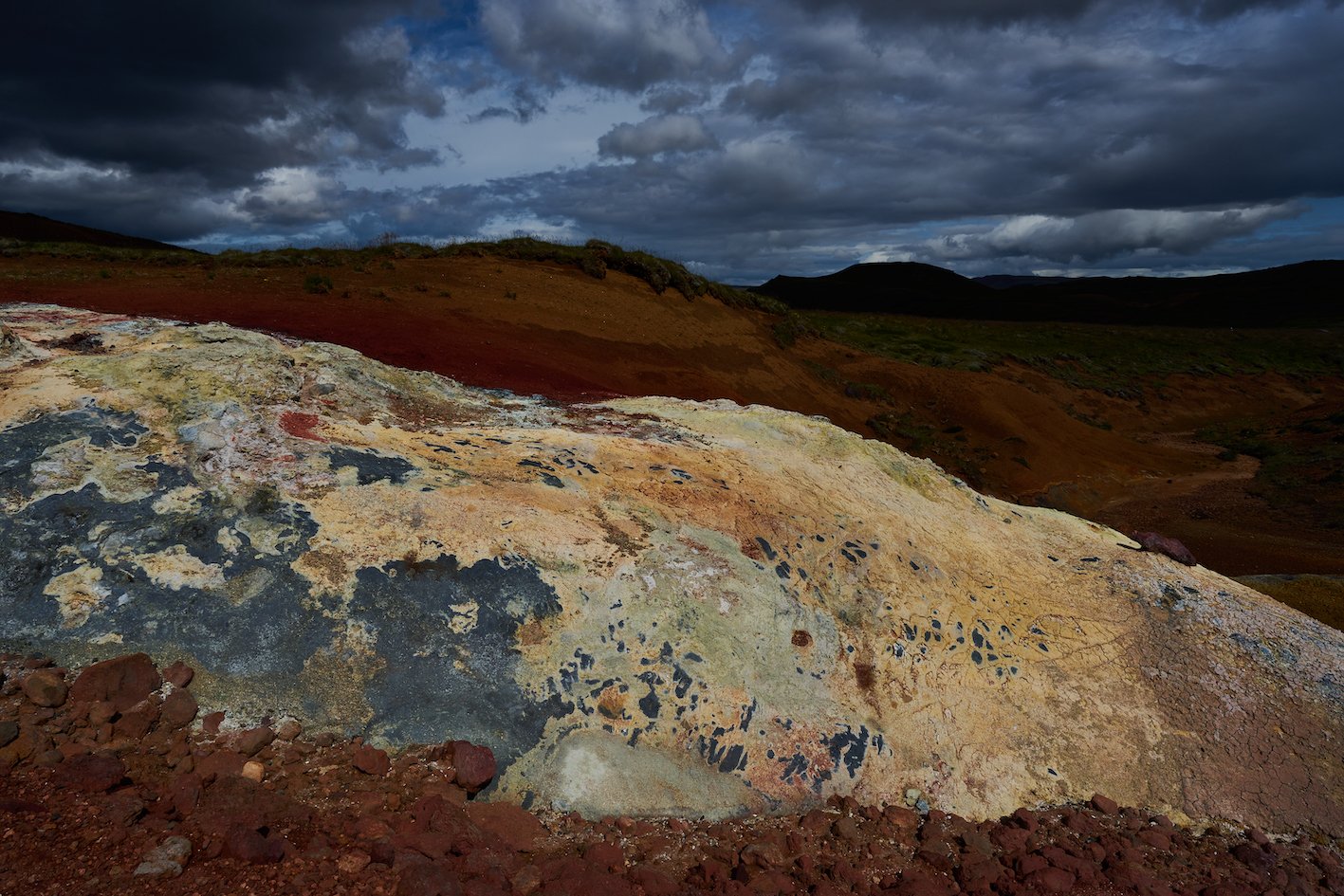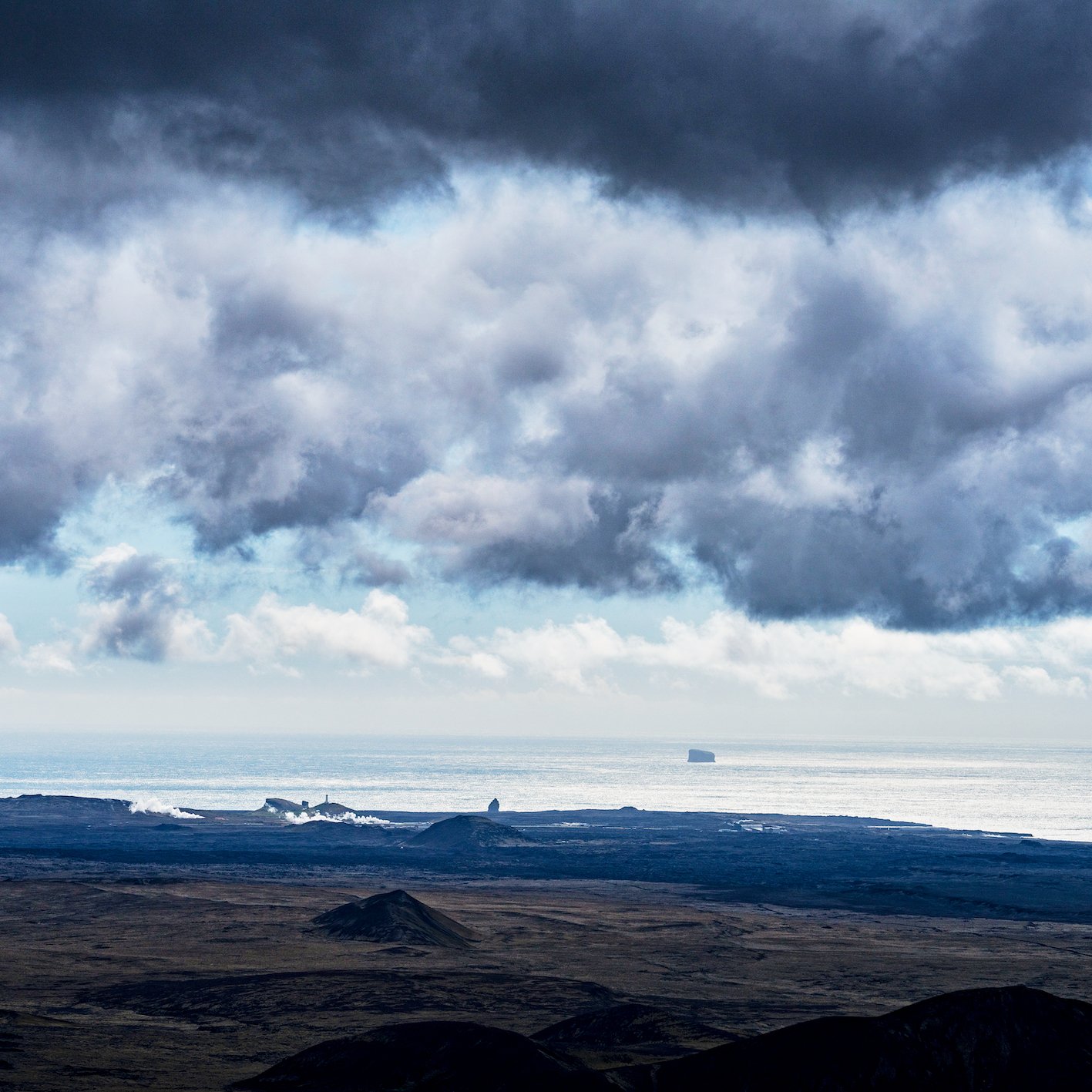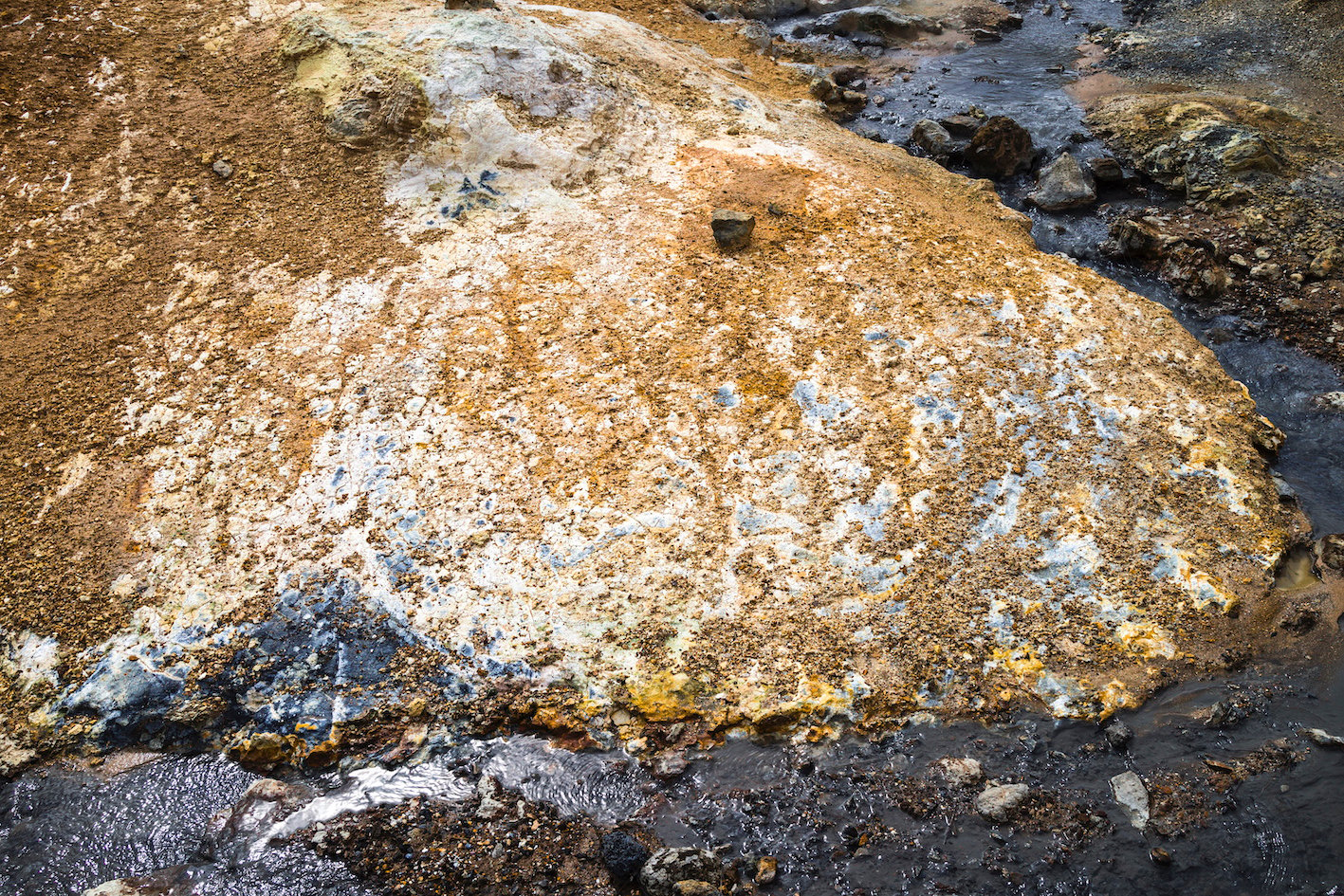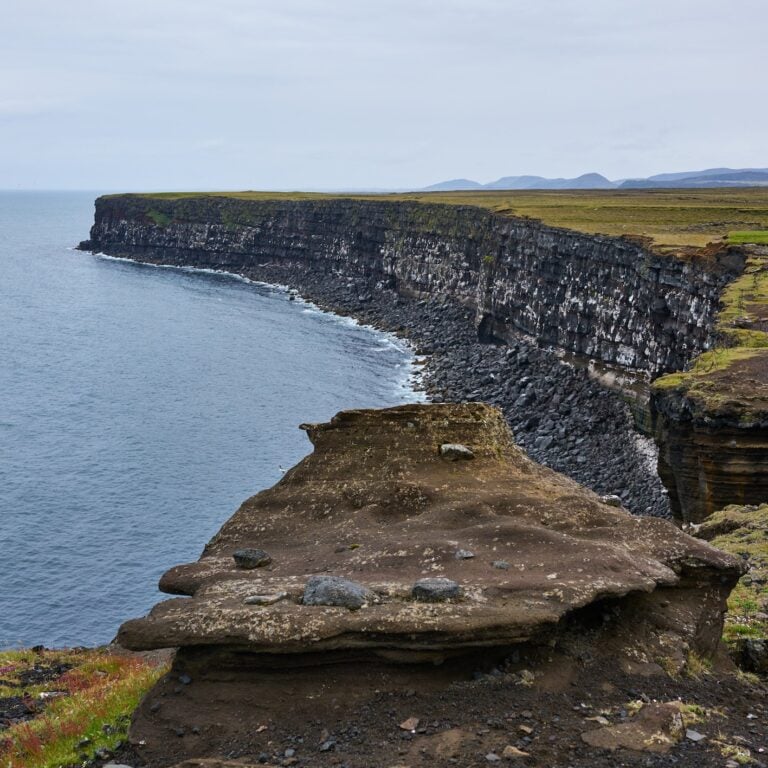The oldest rock on the Reykjanes Peninsula is about 500,000 years old, located near Reykjavík in the easternmost part of the peninsula. The majority of the peninsula, where nearly three out of every four Icelanders live, is much younger, around 50 to 100 thousand years old, with the newest part formed just last year. In other words, this is new land, still very much in the making. The volcanic history of the Reykjanes Peninsula is well-known, especially over the last hundred thousand years. Shield volcano eruptions were common until about 5,000 years ago, after which fissure eruptions became predominant, occurring roughly every thousand years. Each volcanic episode has lasted for over 200 years. The last episode began in the mid-10th century and ended in the latter part of the 13th century. Now, a new phase has begun.
Volcanic eruptions behave in such a way that at the start of each episode, a fissure opens, and land rifting occurs. The rift expands by several meters during each episode. Each eruption also occurs in sequences, lasting a few days or weeks, followed by a reduction in activity for months or years before the next eruption. Underwater eruptions also occur on the Reykjanes Ridge, southwest of Reykjanes. These eruptions behave similarly to those under glaciers, producing a lot of ash. Iceland’s international airport, Keflavík Airport, is located on the Reykjanes Peninsula, not far from Eldey, which formed during the Reykjanes Fires in 1226, as well as Illahraun, where the Blue Lagoon and the geothermal power plant in Svartsengi are situated. That volcanic episode was quite significant, lasting thirty years from 1210 to 1240. So, where and when will the next volcanic eruption occur? Has a new volcanic episode begun?
